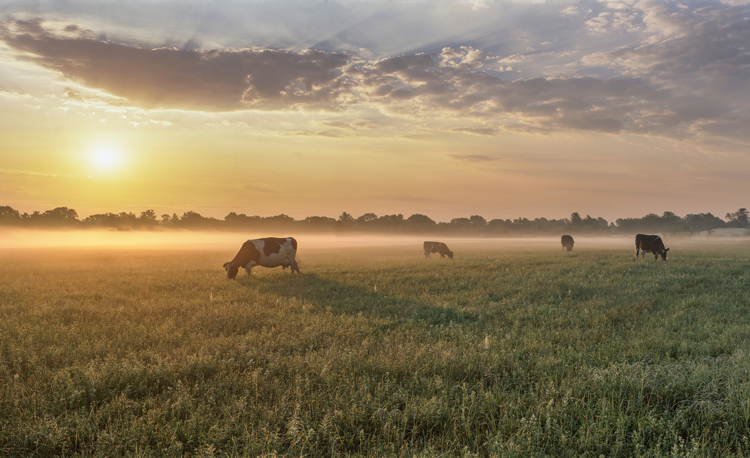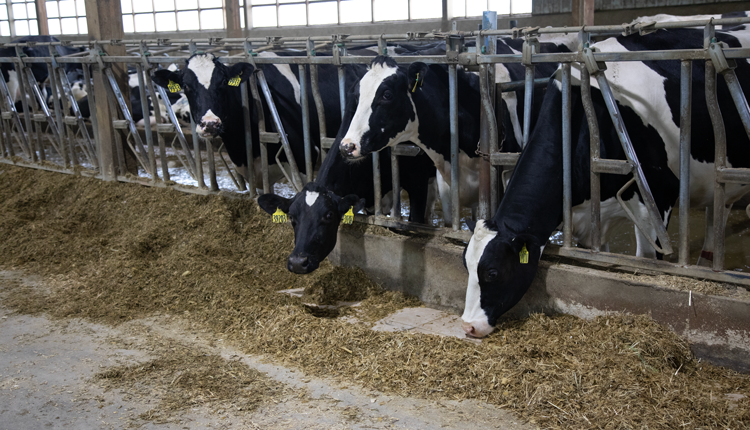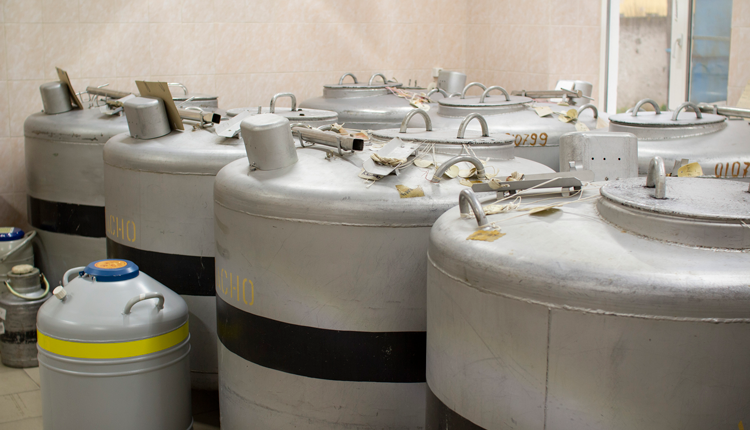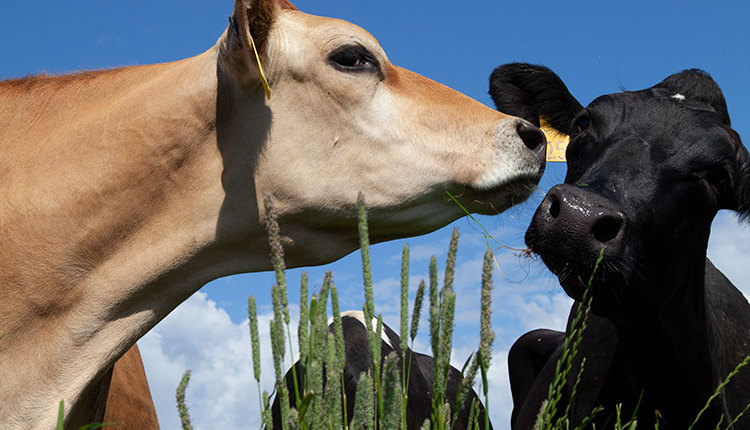
You may be familiar with the 2020 “Capper and Cady study” that published scientific-backed results of dairy’s environmental success. In short, Capper and Cady showed that thanks to innovative practices in cow health, improved feed, and better genetics — combined with modern management practices — the environmental impact of producing a gallon of milk shrunk significantly from 2007 to 2017, requiring 30% less water, 21% less land, and a 19% smaller carbon footprint.
These findings have been a foundation for the dairy checkoff and others across the U.S. dairy industry when communicating the environmental stewardship of our nation’s dairy farm families. We are happy to share that this research has been reinforced and supported by additional results examining our industry’s environmental footprint.
The Journal of Dairy Science recently published new research titled “Fifty years of environmental progress for United States dairy farms.” This study was completed by different scientists and used a different model than Capper and Cady, but it tells the same story.
So, while its methods differ, the aligned findings add to U.S. dairy’s strong environmental legacy. We have become more efficient over the past 50 years, with fewer cows producing more milk, leading to positive changes in environmental impact, such as reduced greenhouse gas (GHG) emissions per unit of milk.
Here are three specific points of the new research:
Dairy farm efficiency has improved over 50 years: Significant advancements in the management and performance of U.S. dairy farms in the past five decades have led to substantial improvements in production efficiency. This includes enhanced feed efficiency, greater milk production per cow, and a dilution effect on maintenance energy requirements, resulting in reduced environmental impacts (42% reduction in GHG per unit of milk, 54% less fossil fuels per unit of milk, and a 28% decline in water use per unit of milk).
There are regional disparities in impact: The growth in milk production per cow by 2.4 times over the years has led to a reduction in environmental impact per unit of milk. The industry has evolved over time, with a notable incline in cow numbers in the West and a decline in cow numbers in the East, along with bigger farms across the U.S. Over the last 50 years, there has been a 14% rise in total GHG emissions and a 42% increase in water use, which are modest changes given the substantial 109 billion-pound expansion in milk production.
Changes in dairy farming practices have shifted our environmental impact: Changes in animal management, feeding, and the types of feeds used have influenced feed consumption in dairy farming. Despite a reduction in the number of cows, an 82% spike in purchased concentrate feeds has been observed. This shift in feeding practices has implications for overall feed consumption and environmental impacts in the dairy industry.
Telling dairy’s good story requires evidence via credible science. Having these additional, valuable proof points will lead the industry toward more sustainable and efficient practices, helping navigate challenges, comply with environmental regulations, and meet growing consumer demand for dairy products produced in a responsible and environmentally conscious manner.







